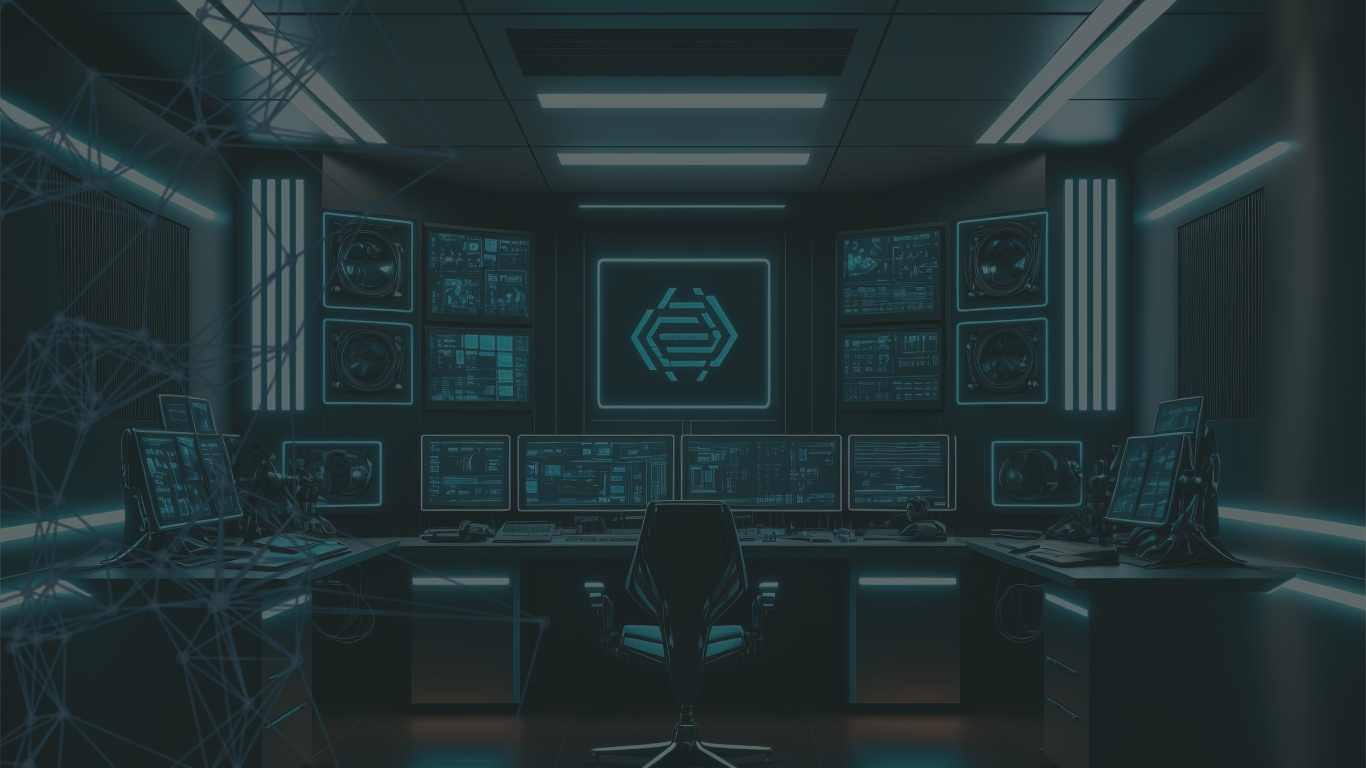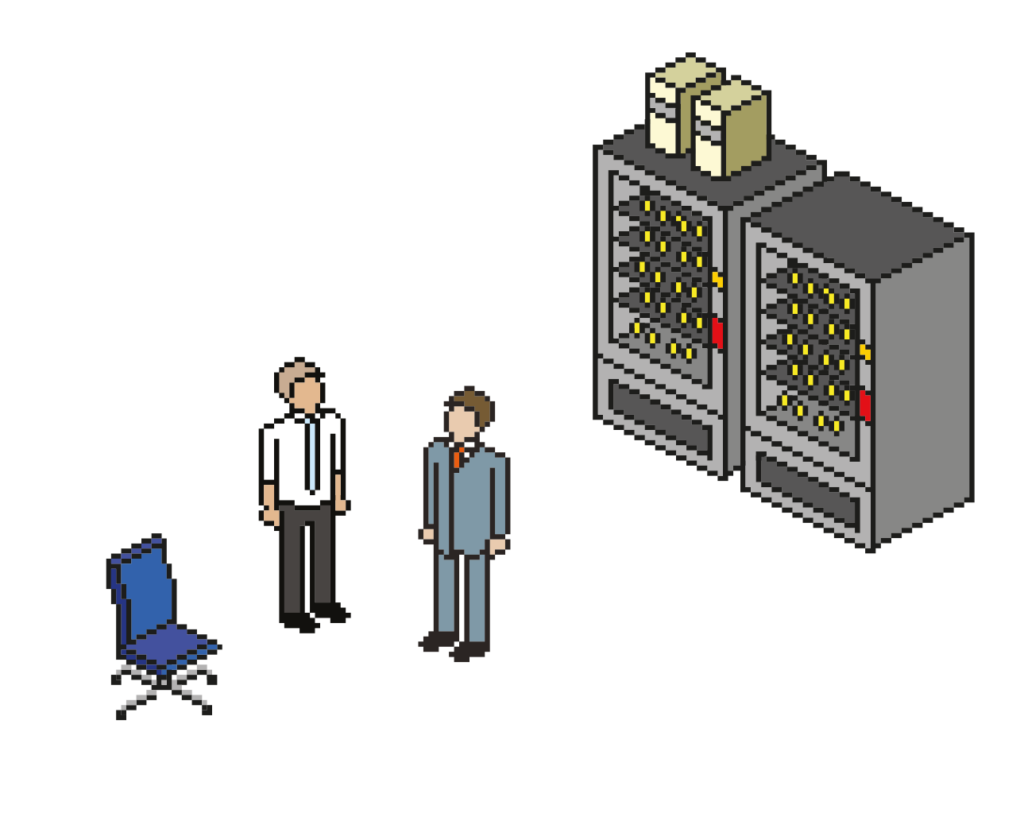

Two Monitors, Twice the Productivity?
There was a time when having two computer monitors felt extravagant-reserved for designers, developers, or those with particularly cluttered spreadsheets. These days, dual-screen setups are fast becoming the norm, and for good reason: they’re a simple, relatively inexpensive upgrade that can have a big impact on how you work.
Why Two Screens Beat One
At the heart of it, dual monitors are about saving time and reducing friction. Instead of constantly toggling between windows or squashing everything into a single display, you can spread out and keep the important stuff visible at once.
Imagine:
- Drafting an email on one screen while your reference notes sit open on the other.
- Running a video call on one monitor while checking data on the second.
- Keeping reports open side-by-side without the endless click–minimise–reopen cycle.
The fewer times you have to stop and shuffle windows, the smoother your workflow feels-and that adds up. Studies suggest dual monitors can boost productivity anywhere from 20–30%.
Beyond Productivity: Reducing Mental Load
It’s not just about speed. Having a clearer workspace on your screens can ease cognitive strain. Less switching means fewer interruptions, which helps you stay in the flow. And if your work involves detail-heavy tasks like analysing data or creating content, that extra real estate can help spot mistakes you might miss when everything’s crammed into one window.
The Setup Sweet Spot
Of course, there’s a right way to do it. Two mismatched monitors can feel more distracting than helpful. Ideally, choose screens of the same size and resolution so your eyes don’t need to constantly adjust. Keep them at the same height, angled slightly inwards, so your neck and shoulders aren’t doing overtime.
And don’t forget the desk real estate-dual monitors should make your work easier, not turn your workspace into an obstacle course.
When Two Becomes Essential
Dual screens aren’t just for power users anymore. For remote workers juggling meetings, messages, and project tools, or for anyone handling large datasets, they’ve shifted from “nice-to-have” to “must-have.” Once you’ve tried it, going back to a single screen feels oddly cramped-like trying to cook dinner in a cupboard-sized kitchen.
The Bottom Line
Adding a second monitor won’t magically make you work harder, but it will remove a lot of the little frictions that slow you down. Think of it as one of those upgrades-like a good office chair or faster broadband-that quietly improves your day, every day.
So if you’re still working on one screen? Maybe it’s time to look again.



